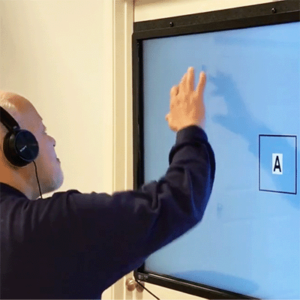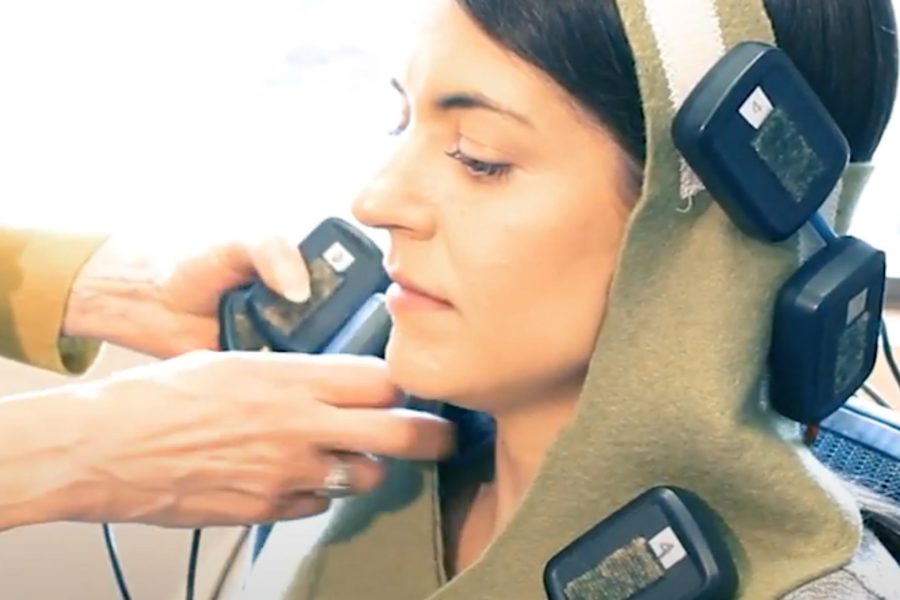 Advances in medicine and public health mean that people are living longer than ever. With increased lifespans, however, comes an increased demand for support in healthy aging. Two major concerns that people face as they age are balance and memory.
Advances in medicine and public health mean that people are living longer than ever. With increased lifespans, however, comes an increased demand for support in healthy aging. Two major concerns that people face as they age are balance and memory.
As stated by the Centers for Disease Control and Prevention: “In 2019, the emergency department recorded 3 million visits for older adult falls. Falls among adults 65 and older caused over 34,000 deaths in 2019, making it the leading cause of injury death for that group.”
As a person ages, areas of the brain can change and shrink, causing a decline in memory function. Untreated memory concerns can lead to emotional stress, lost productivity, and financial burdens of increased healthcare costs such as prescription medications.
Fortunately, there are many preventative strategies which can improve both balance and memory. Your memory thrives when it is learning, retaining, and retrieving information through touch, sight or sound. The more you mindfully approach these tasks, the healthier your memory becomes.
The Neuro Sensorimotor Integrator (NSI) is a multi-sensory system incorporating eye-hand coordination with cognitive processing and balance tracking. At the Advanced Therapy Center, we begin by individually assessing balance and memory, and then make custom training programs to address each person’s needs.
The NSI has shown to be effective in improving the following concerns:
- Auditory memory
- Auditory-visual integration
- Speed and span of recognition
- Visualization
- Visual search
- Saccades
- Visual cognitive
- Divided attention
- Sustained visual attention
- Saccades
- Fixation
- Peripheral awareness
- Figure-ground
- Visual spatial memory
- Automaticity of letter, number, and word naming
- Visual acuity enhancement
- Contrast sensitivity
- Visual cognitive
- Divided attention
- Vision directing action
- Visual-auditory integration
- Sequencing
- Math
- Reading fluency
- Visual memory
Sources
From RKB Instruments
“Using a 50 inch HD TV and interactive touch screen, the NSI-R is a multi-sensory system incorporating eye-hand coordination with cognitive processing and balance tracking to help improve these abilities and promote mental acuity.”
From The Center for Disease Control (CDC)
“In 2019, the emergency department recorded 3 million visits for older adult falls. Falls among adults 65 and older caused over 34,000 deaths in 2019, making it the leading cause of injury death for that group.”
From the National Institute on Aging
Memory concerns: What’s normal and what’s not?
What’s the difference between normal, age-related forgetfulness and a serious memory problem? It’s normal to forget things once in a while as we age, but serious memory problems make it hard to do everyday things like driving, using the phone, and finding your way home.
Talk with your doctor to determine whether memory and other cognitive problems, such as the ability to clearly think and learn, are normal and what may be causing them.
Signs that it might be time to talk to a doctor include:
- Asking the same questions over and over again
- Getting lost in places a person knows well
- Having trouble following recipes or directions
- Becoming more confused about time, people, and places
- Not taking care of oneself —eating poorly, not bathing, or behaving unsafely
From The University of Washington School of Medicine
- Your memory works by learning, retaining and retrieving information.
- It requires you to take in new information through touch, sight or sound.
- The more you pay attention in the moment, the better you will be able to recall that information later.
- Regions of your brain change and shrink as you age, causing a decline in memory function.
- But physical activity, a nutritious diet, proper sleep and social engagement can help preserve cognitive function and memory.
From the University of California, San Francisco, Center for Neurodivergent Diseases – The Cost of Dementia
“The global cost of Alzheimer’s disease in 2010 was $604 billion, or 1% of the global gross domestic product. In the U.S., people suffering from Alzheimer’s and Parkinson’s diseases cost our nation nearly $200 billion annually in patient care and lost productivity. Unless something is done to eradicate these diseases, the cost is estimated to increase to $1.1 trillion by 2050.”
From the National Institute of Health:
“The estimated prevalence of dementia among persons older than 70 years of age in the United States in 2010 was 14.7%. The yearly monetary cost per person that was attributable to dementia was either $56,290 (95% confidence interval [CI], $42,746 to $69,834) or $41,689 (95% CI, $31,017 to $52,362), depending on the method used to value informal care. These individual costs suggest that the total monetary cost of dementia in 2010 was between $157 billion and $215 billion. Medicare paid approximately $11 billion of this cost.”
From the Milken Institute: The Projected Prevalence and Cost of Dementia – 2022 Update & Highlights
When examined by health-service category, inpatient care (26 percent), home health (29 percent), and prescription drugs (20 percent) account for 75 percent of expenditures, which can total approximately $20,000 per year.
From the Miliken Institute: Reducing the Cost and Risk of Dementia
People around the globe are living longer than ever thanks to major medical and public health advances and greater access to health care. And while longer lifespans are a huge success story, they also create new challenges to healthy aging—our risk of developing dementia doubles every five years after we turn 65. According to the Milken Institute, the number of people living with Alzheimer’s disease and related dementias in the US will nearly double over the next 20 years, with women being disproportionately impacted.


